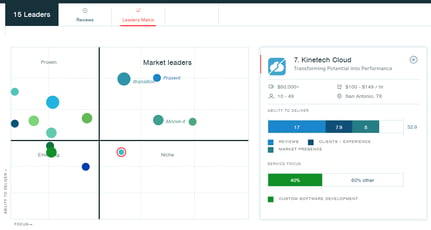Business software can become complicated very quickly. Most businesses have software solutions for payroll, HR, Customer Relationship Management (CRM), file storage and much more. For most companies, these solutions exist in some combination of legacy software (likely installed on premise), in addition to cloud based Software as a Service (SaaS). This blog post focuses on when executives should consider integrating software solutions.
Balancing Growth Vs. Durability
Growth-oriented businesses inevitably face decisions around the most effective processes and applications to manage their expanding operations. Integrated solutions are typically de-prioritized behind revenue growth and expansion. As a result, siloed-applications are installed in various functional areas of the organization at different times, resulting in lost productivity and software integration challenges.
In the past, this was the selling point for integrated Enterprise Resource Planning (ERP) systems. However, after multiple systems implementations failures in the last 20 years and the advent of cloud computing, executives have learned there are several options available to achieve the desired result - an optimized business.
Build a System Architecture Strategy:
Long-term goals (an integrated business system) can be sidelined for short term needs (Accounting, CRM, etc) now, but ensure the applications you implement are built with open APIs (application programming interfaces).
If you choose to purchase an off-the-shelf solution, refrain from customizing the solution directly.
Any critical functional needs not addressed by off the shelf solutions should be achieved via integration points with a separate application, not configuring the off the shelf solution. This is best-practice because:
- Customizing an off the shelf solution effectively locks you into that solution
- Direct customization (vs. extensions via integration) can cause significant complexity during upgrades
- Direct customization may nullify support from your provider
Furthermore, the modules and functionality created via integration points will maintain your organizations ability to port solutions from one provider to the next.
Conclusion:
It is highly unlikely a single system will cover all of the needs of your business. Software is evolving so quickly to meet market needs that a one to two year ERP implementation may be obsolete by the time it is functional. If you decide to invest in off the shelf solutions to address needs as they arise, ensure the solutions are built with open APIs to allow other applications to integrate with them when the business need arises. This approach will enable you to utilize best-in-class solutions for HR, CRM, and accounting while providing the flexibility to enhance your applications with processes and workflow unique to your business needs.



